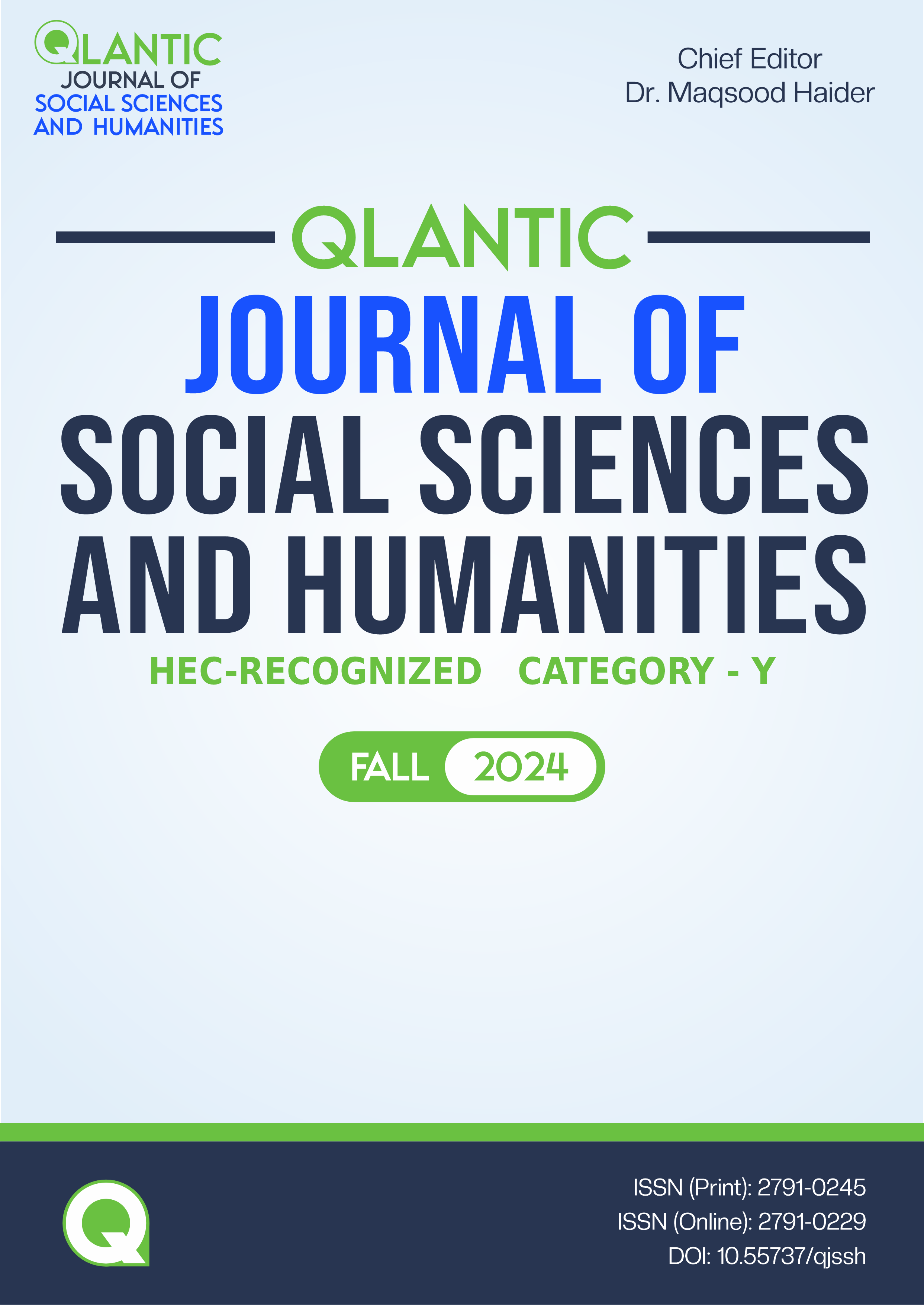The Role of Motivation in Second Language Learning
DOI:
https://doi.org/10.55737/qjssh.791014569Keywords:
Role of Motivation, Language Acquisition, Types of Motivation, English Learner, Second Language LearningAbstract
It has been observed that motivation plays a significant role in the learning of a second language (L2). In learning a second language, motivation impacts the engagement, determination, ability, and performance of the learner. A significant number of studies are available on second language learning, but limited research is available to explore the relationship between intrinsic and extrinsic motivation and the impact of instructional methodologies or techniques on English language acquisition. Thereby, applying quantitative methodology comprising a standardized questionnaire, the current study aims to explore the methods to improve teaching and language learning, the relationship between intrinsic and extrinsic motivation and the impact of instructional methodologies on English language acquisition. The study highlighted that there is a strong relationship between motivation and ability, and high motivation levels are mostly influenced by effective teaching strategies. It also explained how crucial supportive classroom environments are and how important teaching materials are in improving motivation. The findings suggest that a variety of teaching approaches can enhance the chances of acquiring or learning a second language.
References
Bachman, L. F. (2004). Statistical analyses for language assessment book: Cambridge University Press.
Cole, M., & Scribner, S. (1978). Vygotsky, Lev S.(1978): Mind in Society. The Development of Higher Psychological Processes. . https://doi.org/10.2307/j.ctvjf9vz4
Gardner, R. C. (1968). Attitudes and Motivation: Their Role in Second-Language Acquisition. TESOL Quarterly, 2(3), 141–150. https://doi.org/10.2307/3585571
Gunawan, D., Rumengan, J., Nurtjahjo, A., & Wibisono, C. (2020). The Effect Of Locus Of Control, Work Characteristics, Reward With Work Satisfaction As Intervening Variables On The Commitment Organization. In The Bunda Halimah Hospital Using SEM-PLS. Talent Development & Excellence, 12(1).
Ryan, R. M., & Deci, E. L. (2000). Intrinsic and extrinsic motivations: Classic definitions and new directions. Contemporary Educational Psychology, 25(1), 54–67. https://doi.org/10.1006/ceps.1999.1020
Vallerand, R. J. (2000). Deci and Ryan's self-determination theory: A view from the hierarchical model of intrinsic and extrinsic motivation. Psychological inquiry, 11(4), 312-318. https://www.jstor.org/stable/1449629
Vallerand, R. J., Pelletier, L. G., Blais, M. R., Briere, N. M., Senecal, C., & Vallieres, E. F. (1992). The Academic Motivation Scale: A Measure of Intrinsic, Extrinsic, and Amotivation in Education. Educational and Psychological Measurement, 52(4), 1003–1017. http://dx.doi.org/10.1177/0013164492052004025
Downloads
Published
Issue
Section
License

This work is licensed under a Creative Commons Attribution-NonCommercial 4.0 International License.





